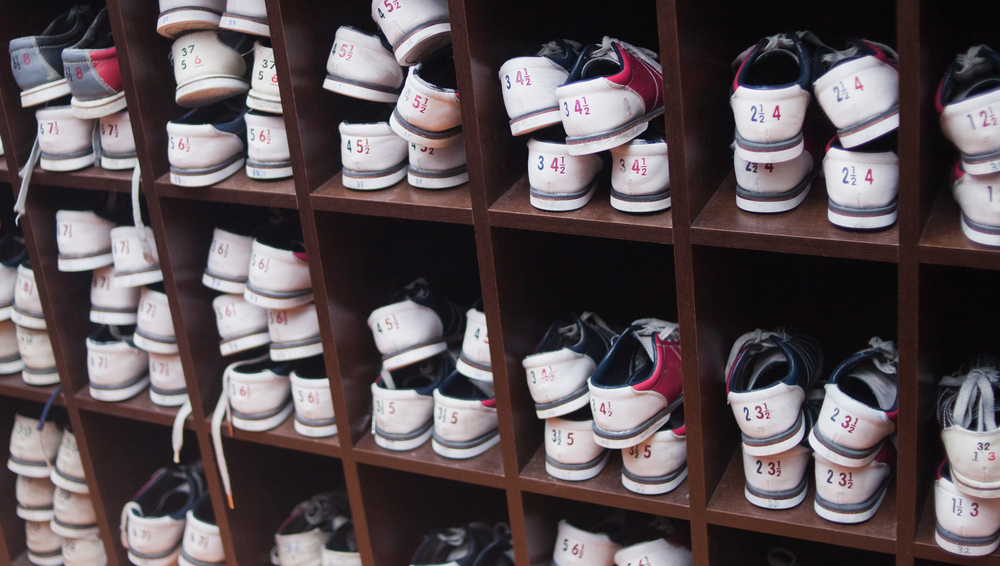
If you've ever been to a bowling alley, you may have noticed the attendant using a bowling shoe spray in your rental shoes. What exactly do bowling alleys spray in shoes? Why do they spray bowling shoes?
For anyone who’s curious, this article will be very helpful. In it, we’ll fill you in on what’s in that spray, why they use it, and more! Let's get right into it.
Contents

What Do Bowling Alleys Spray in Shoes?
Bowling alley staff spray antifungal and antibacterial solutions into bowling alley shoes. The spray used may vary from alley to alley, but it is typically a combination of water, antifungal and antibacterial agents, and a deodorizer. This helps to prevent the spread of germs and bacteria, as well as athlete's foot.
One of the most common sprays used in bowling alleys is Lysol Disinfectant spray. Lysol is a household cleaning product that contains ethanol, alkyl, dimethyl benzyl ammonium saccharinate, and more. The ingredients may seem harsh and foreign, but they are effective at killing germs and bacteria.

In addition to bowling alleys, Lysol is regularly used in hospitals and schools for infection control. It is 99.9% effective at killing bacteria, fungi, and viruses and also works as a deodorizer.
Key Takeaways
- Bowling Shoe Sanitization: Bowling alleys spray rental shoes with antifungal and antibacterial sprays, like Lysol or Mycomist, to prevent germ spread and athlete's foot. Shoes are sanitized after every use for cleanliness.
- Potential for Foot Fungus: Despite regular spraying, there's a risk of foot fungus from rentals due to improper spray use, distraction, or expired products. Warm, moist environments in shoes promote fungal growth.
- Prevention Tips: Wear socks to absorb sweat, bring your own sanitized shoes or Lysol spray, and avoid touching your face after handling bowling shoes to reduce the risk of infection.
- Pros and Cons of Rentals: Renting bowling shoes is convenient and affordable but relies on the alley's cleaning practices. Personal shoes ensure fit and hygiene but require maintenance.
- Treating Foot Fungus: Use home remedies like Vicks Vaporub, vinegar soaks, tea tree, or oregano oil for antifungal treatment. Persistent cases may need professional medical advice or antifungal ointments.
How Often Are Shoes Sanitized in a Bowling Alley?
The frequency of shoe sanitization may vary from alley to alley, but most bowling alleys will spray shoes after every use. This helps ensure each bowler gets clean bowling shoes and the shoes are bacteria-free.
Some bowling alleys may also have a policy to only spray shoes upon request. If this is the case, it is typically best to ask for the shoes to be sprayed before using them. This way, you can be sure that the shoes are clean and sanitized regardless of the establishment’s policies.
| Prevention Method | Action | Benefit |
|---|---|---|
| Wear Socks | Keeps feet dry and less hospitable to fungi/bacteria. | Reduces risk of infection. |
| Sanitize Shoes | Use Lysol or similar spray on rental shoes. | Ensures shoes are germ-free. |
| Bring Own Shoes | Use personal bowling shoes. | Avoids risks associated with rentals. |
| Mindful Touching | Avoid touching face after handling shoes; wash hands before eating. | Prevents transferring germs to sensitive areas. |
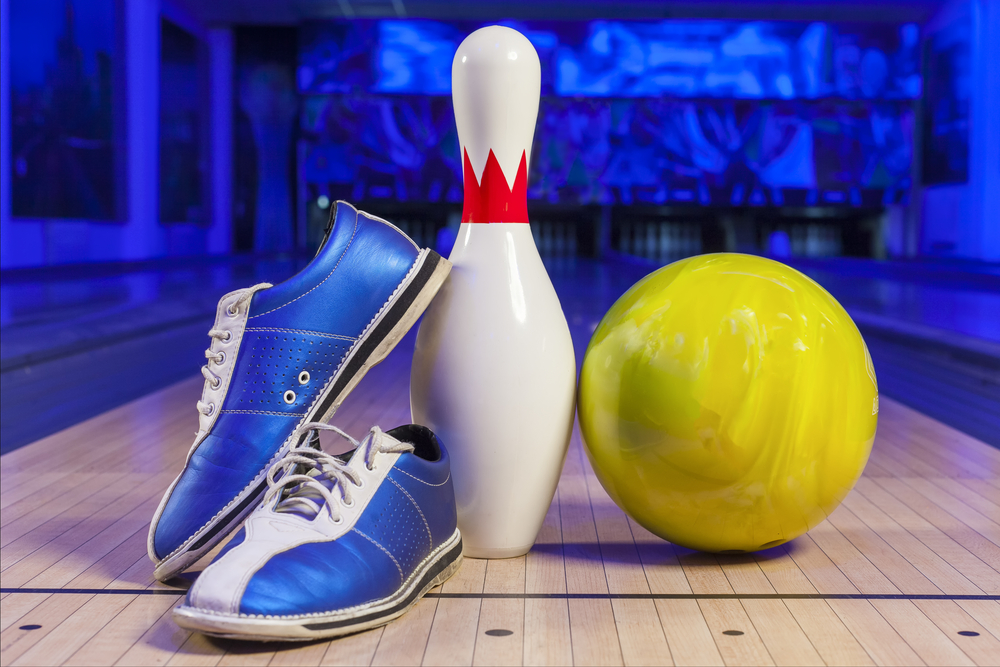
Can You Get Foot Fungus From Bowling Shoes?
Yes, it is possible to get foot fungus from bowling shoes. Fungi thrive in warm, moist environments, so bowling shoes are the perfect place for it to grow. This is true even if the shoes have been sprayed regularly.
How?
There are a few ways that fungi, bacteria, and viruses can thrive in bowling shoes:
- The attendant misuses the spray by not mixing it correctly or not saturating the shoes enough with the solution.
- The attendant gets distracted and forgets to spray some of the shoes.
- The attendant uses an expired spray that has lost some of its power.
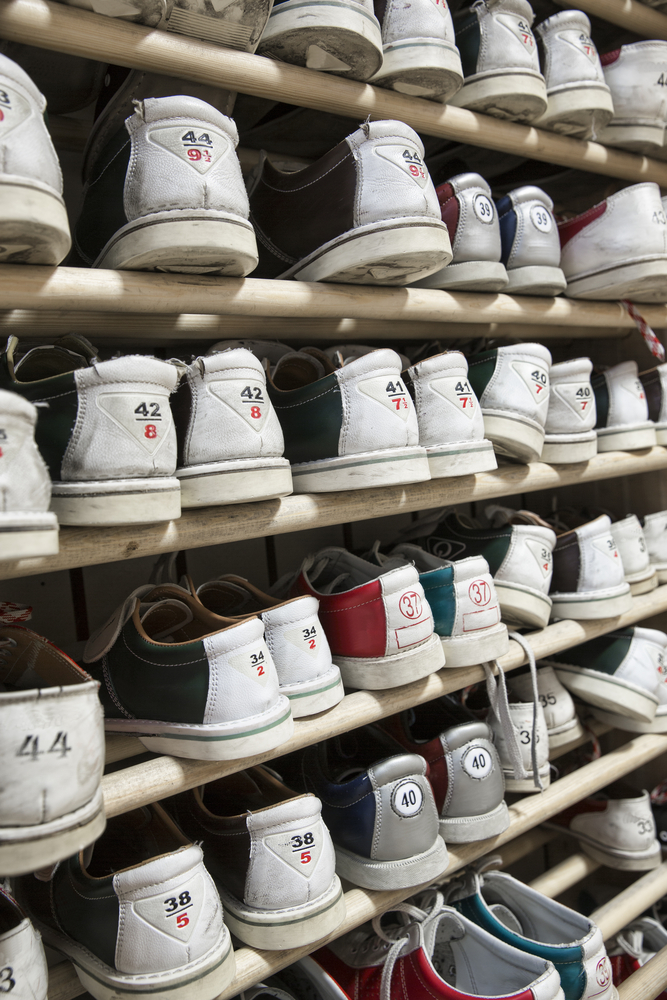
How to Prevent Foot Fungus From Bowling Shoes
You don't have to leave your foot health to chance in the name of bowling. There are a few things that you can do to prevent foot fungus from bowling shoes, and we’ll go over all of them in the list below:
- Wear socks: Socks help absorb sweat and keep your feet dry, creating a less hospitable environment for fungi and bacteria to grow. They're also helpful if you have cuts or abrasions on your feet that could increase your chances of picking up a germ.
- Sanitize your shoes: If you're concerned about the cleanliness of the bowling shoes, you can always take a can of Lysol with you to the bowling alley and spray your shoes yourself. This way, you know that they're properly sanitized. Just be prepared for some confused, judgmental looks from other bowlers.
- Bring your own bowling shoes: If you have your own bowling shoes, you can avoid using the rentals altogether. This is the best way to ensure your feet are safe from germs and fungi.
- Be careful what you touch. In addition to spraying the shoes, it's also important to be mindful of what you touch in the bowling alley, especially if you plan on eating there. Since you'll be touching bowling shoes to put them on, don't go and touch your face, eyes, mouth, etc. Doing so is a sure-fire way to increase your chances of picking up an infection. Also, wash your hands thoroughly before eating any alley food.
| Prevention Method | Action | Benefit |
|---|---|---|
| Wear Socks | Keeps feet dry and less hospitable to fungi/bacteria. | Reduces risk of infection. |
| Sanitize Shoes | Avoid touching your face after handling shoes; wash your hands before eating. | Ensures shoes are germ-free. |
| Bring Own Shoes | Use personal bowling shoes. | Avoids risks associated with rentals. |
| Mindful Touching | Avoid touching face after handling shoes; wash hands before eating. | Prevents transferring germs to sensitive areas. |
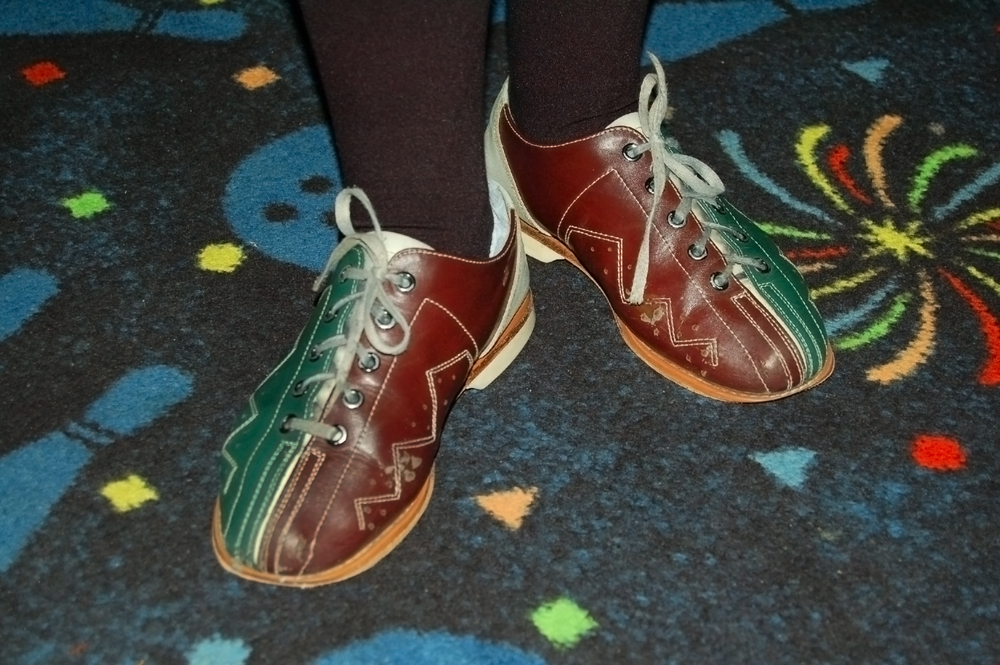
Pros and Cons of Bowling Shoe Rentals
Now that you know how to mitigate your risk of getting a foot fungus or other illness from bowling shoes, let's move on to the general pros and cons of bowling shoe rentals.
We'll go over each of them below:
Pros
- Renting bowling shoes is almost always more convenient than bringing your own shoes. You don't have to worry about cleaning or storing them.
- You can try out different shoes to see which size and style is best for you.
- Renting bowling shoes is affordable on literally any budget.
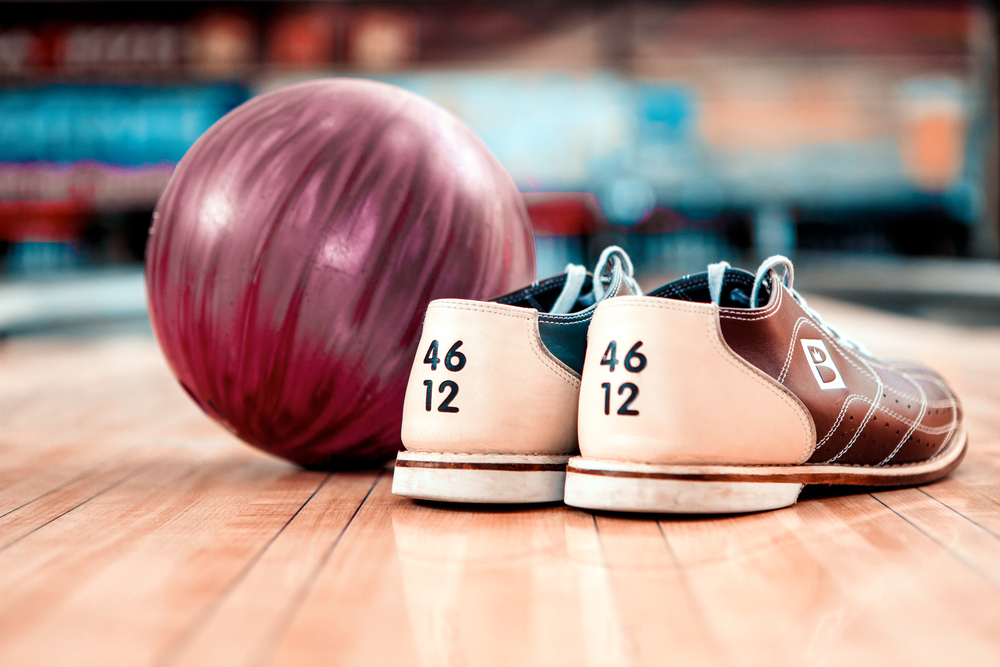
Cons
- You have to trust that the bowling alley is properly cleaning the shoes.
- The shoes may not fit as well as your own shoes.
- You may not be able to find your size at some bowling alleys.
- There's no way to completely eliminate your risk of getting a good fungus with rented bowling shoes.
Most find that the pros of renting bowling shoes outweigh the cons. However, it's ultimately up to you whether you feel comfortable doing so.
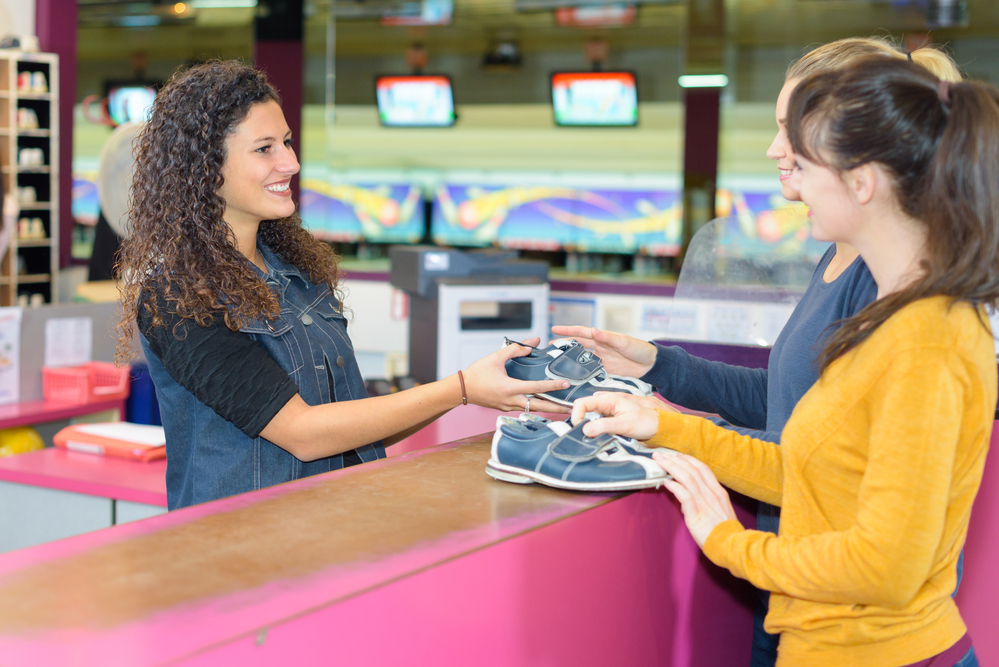
How to Get Rid of Foot Fungus From Bowling Shoes
If you've already contracted a foot fungus from bowling shoes, don't worry; it's not the end of the world. Here are a few things that you can do to get rid of it:
- Use Vicks Vaporub. This may sound like an odd remedy, but Vicks has antifungal properties that can quickly kill the fungus. Simply apply it to the affected area at least once daily and let it work its magic.
- Soak your feet in vinegar. Vinegar is a natural disinfectant that combats foot fungus. Add 2 cups of vinegar to 4 cups of warm water and soak your feet for at least 30 minutes per day until your symptoms subside.
- Apply tea tree oil. Tea tree oil's antifungal properties make it highly effective in eliminating fungus quickly. Apply it to the affected area twice daily, and you should see results within a few days.
- Use oregano oil. Oregano oil is another natural remedy that works as an antifungal. Simply apply it to the affected area a few times daily, and you should see results within a week or two.
- Try garlic. Its antifungal properties can easily nip fungi in the bud. You can eat it raw or apply it directly to the affected area. If you choose the latter, dilute it with a carrier oil like olive oil to avoid irritating your skin.

If these remedies don't work for you, you can try antifungal ointments. These are available over the counter or online and can be applied directly to your feet. Prevention is always the best medicine, but if you do find yourself with a foot fungus, you’ve got tools. Just be sure to stay consistent with your treatment, and you should see results in no time.
| Treatment Option | Method | Effectiveness |
|---|---|---|
| Vicks Vaporub | Apply to affected area daily. | Antifungal properties combat fungus. |
| Vinegar Soak | Soak feet in vinegar and water mixture. | Natural disinfectant helps kill fungus. |
| Tea Tree Oil | Apply to affected area twice daily. | Antifungal properties eliminate fungus. |
| Oregano Oil | Apply several times daily to the affected area. | Natural antifungal agent treats infection. |
| Professional Advice | Seek if home remedies fail. | Ensures proper treatment and recovery. |
Note: Know when to see a medical professional for foot fungus. If you’ve tried everything and nothing works, it’s probably time to make an appointment.
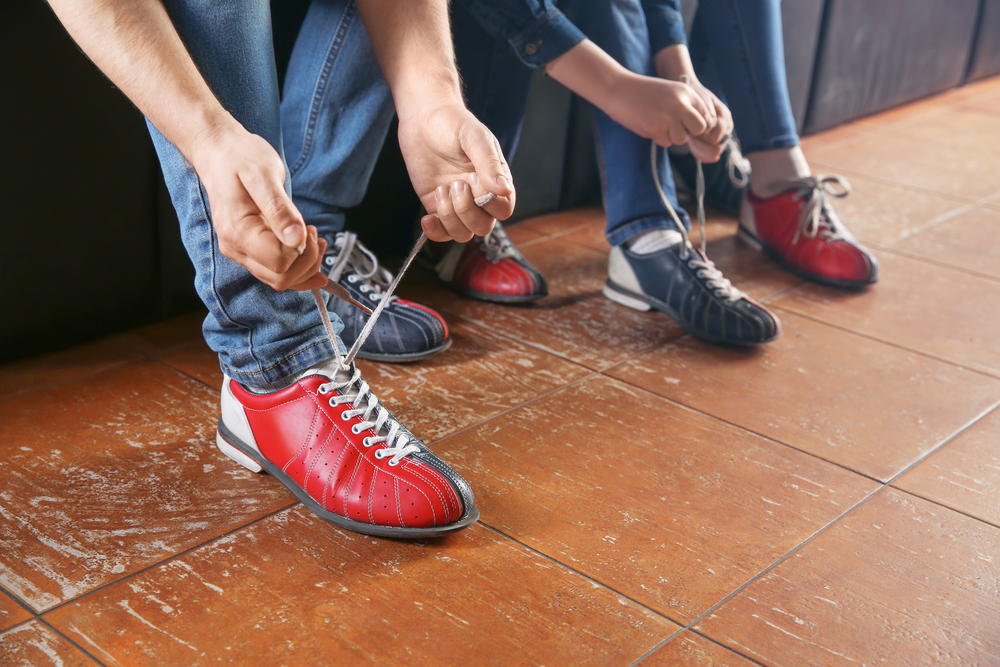
Related Articles
Now you know what bowling alleys spray in shoes, why they spray the shoes, how to prevent foot fungus, and more.

My Final Words
Maintaining foot health while enjoying bowling requires a degree of understanding and taking a few proactive measures. Bowling alleys employ antifungal and antibacterial sprays, like Lysol and Mycomist, to sanitize shoes after each use, significantly reducing the risk of athlete's foot and other infections. Despite these precautions, patrons should remain vigilant by wearing socks, considering personal shoe sanitization, or using their own footwear to further mitigate risks.
For those encountering foot fungus, remedies range from Vicks Vaporub and vinegar soaks to tea tree and oregano oil applications, with persistent cases possibly requiring professional medical intervention. With this knowledge, bowlers can confidently hit the lanes, focusing on strikes and spares rather than foot health concerns.
Kira Byrd, a Certified Fraud Examiner, holds a B.S. in Accounting from the University of Alabama at Birmingham. With a passion for bowling from her childhood, Kira has poured her expertise and personal experiences into creating and nurturing Bowling For Beginners. Kira's mission is to meet new bowlers where they are and guide them toward consistently achieving higher scores. With a focus on skill development and strategic techniques, she empowers readers to take control of their game and unlock their true potential.
Bowling For Beginners embodies strict editorial integrity, ensuring reliable and unbiased information. Kira's commitment to delivering valuable insights and practical strategies is reflected in every article. Here's an explanation of our editorial policy and how we get money.





